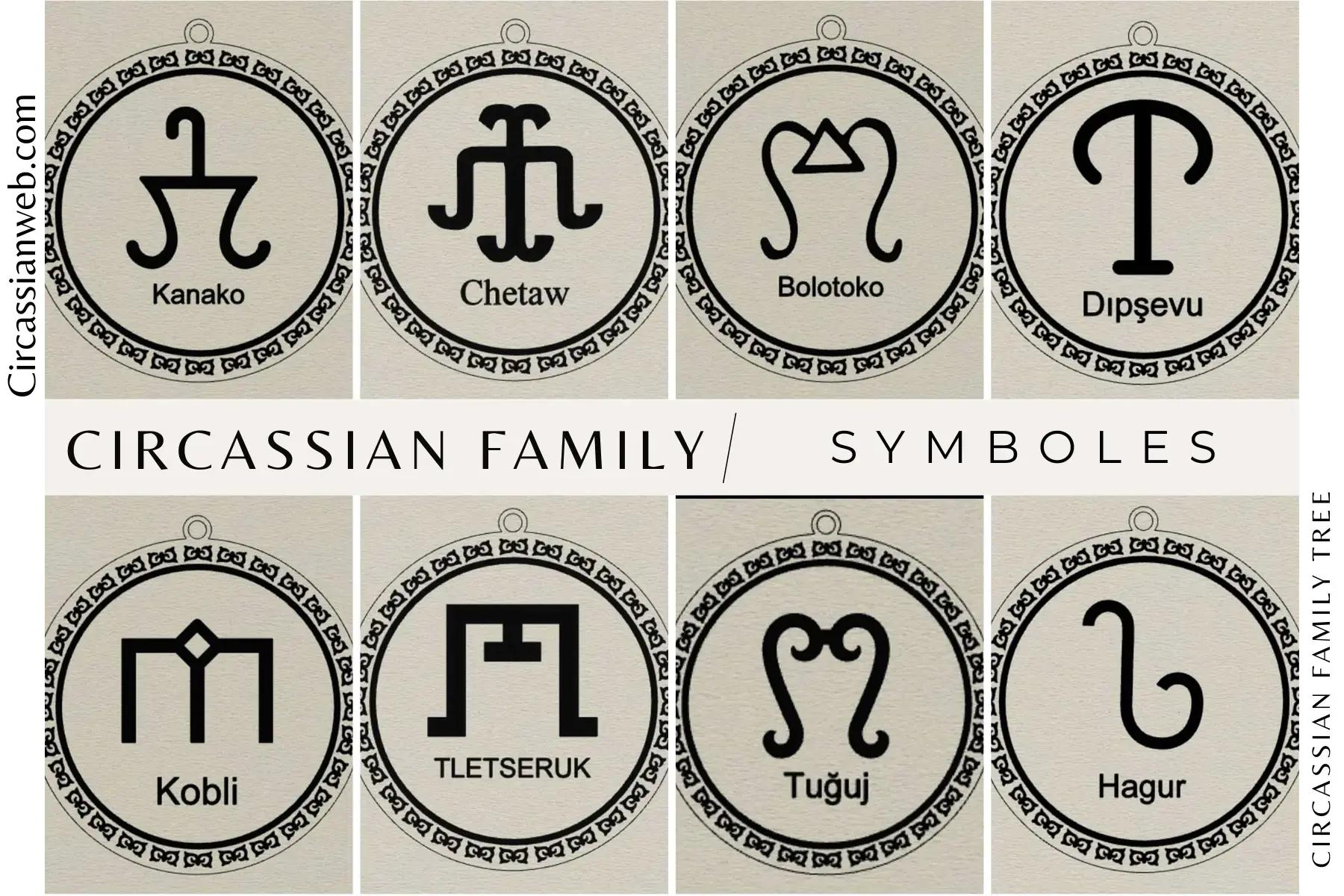Circassian beauties | Wikipedia audio article
This is an audio version of the Wikipedia Article:
Circassian beauties
00:03:27 1 Literary allusions
00:05:38 2 Circassian features
00:12:20 2.1 Pseudoscientific explanations for the extreme white skin
00:14:14 3 Pseudoscientific racialist theories
00:18:16 4 Advertising of beauty products
00:21:11 5 Nineteenth-century sideshow attraction
00:23:47 6 In popular culture
00:24:14 7 See also
Listening is a more natural way of learning, when compared to reading. Written language only began at around 3200 BC, but spoken language has existed long ago.
Learning by listening is a great way to:
- increases imagination and understanding
- improves your listening skills
- improves your own spoken accent
- learn while on the move
- reduce eye strain
Now learn the vast amount of general knowledge available on Wikipedia through audio (audio article). You could even learn subconsciously by playing the audio while you are sleeping! If you are planning to listen a lot, you could try using a bone conduction headphone, or a standard speaker instead of an earphone.
You can find other Wikipedia audio articles too at:
https://www.youtube.com/channe....l/UCuKfABj2eGyjH3ntP
You can upload your own Wikipedia articles through:
https://github.com/nodef/wikipedia-tts
"The only true wisdom is in knowing you know nothing."
- Socrates
SUMMARY
=======
Circassian beauties is a phrase used to refer to an idealized image of the women of the Circassian people of the Northwestern Caucasus. A fairly extensive literary history suggests that Circassian women were thought to be unusually beautiful, spirited, and elegant, and as such were desirable as concubines.
This reputation dates back to the Late Middle Ages, when the Circassian coast was frequented by traders from Genoa, and the founder of the Medici dynasty, Cosimo de' Medici, had an illegitimate son from a Circassian slave. During the Ottoman Empire and Persian Safavid and Qajar dynasties, Circassian women living as slaves in the Sultan's Imperial Harem and Shah's harems started to build their reputation as extremely beautiful and genteel, which then became a common trope in Western Orientalism.As a result of this reputation, in Europe and America Circassians were often characterised as ideals of feminine beauty in poetry and art. Cosmetic products were advertised, from the 18th century on, using the word "Circassian" in the title, or claiming that the product was based on substances used by the women of Circassia.
In consequence, most wives of several Ottoman Sultans were ethnic Circassians converted to Islam, e.g. Valide Sultans (Empress mothers), including Perestü Valide Sultan, Pertevniyal Valide Sultan, Şevkefza Valide Sultan, Tirimüjgan Valide Sultan, Nükhetseza Başhanımefendi, other important Hatuns (Ladies) and Sultans like Şemsiruhsar Hatun and Saçbağlı Sultan, Haseki sultans (chief consorts) such as Mahidevran Haseki Sultan, Hümaşah Haseki Sultan, Hatice Muazzez Haseki Sultan, and Ayşe Haseki Sultan besides numerous Başkadınefendis (most senior consorts), including Bedrifelek I, Bidar II, Kamures I, and Servetseza I as well as Kadınefendis (senior consorts) such as Bezmara VI, Düzdidil III, Hayranıdil II, Meyliservet IV, Mihrengiz II, Neşerek III, Nurefsun II, Reftaridil II, Şayan III, amongst many others, or İkbals (honoured lady consorts), most notable of them being Cevherriz II, Ceylanyar II, Dilfirib I, Nalanıdil III, and Nergis IV in addition to Gözdes (favourite lady consorts), including Dürdane I, Hüsnicenan III, Safderun IV, amongst others. The "golden age" of the Circassian beauty may be considered to be between the 1770s, when the Russian Empire seized the Crimean Khanate and cut off their slave trade in Eastern European women, which increased the demand for Circassian women in Near Eastern harems; and the 1860s, when the Russians destroyed Circassia itself.
In the 1860s the showman P. T. Barnum exhibited women who he claimed were Circassian beauties. They wore a distinctive curly, big hair style, which had no precedent in earlier portrayals of Circassians, but which was soon copied by other female performers in the United States, who became known as "moss-haired girls". This hair style was a sort of a exhibit's trademark and was achieved by washing the hair of women in beer, drying it and then teasing it. It is not clear why Barnum chose this hairstyle. It may have been a reference to the Circassian fur hat, rather than the hair.
There were also several classical Turkish music pieces and poems that praise the beauty of the "Lepiska Saçlı Çerkes" (Straight, flaxen-haired Circassian; "lepiska" refers to long blonde hair which is soft and straight, as if flatironed).






















